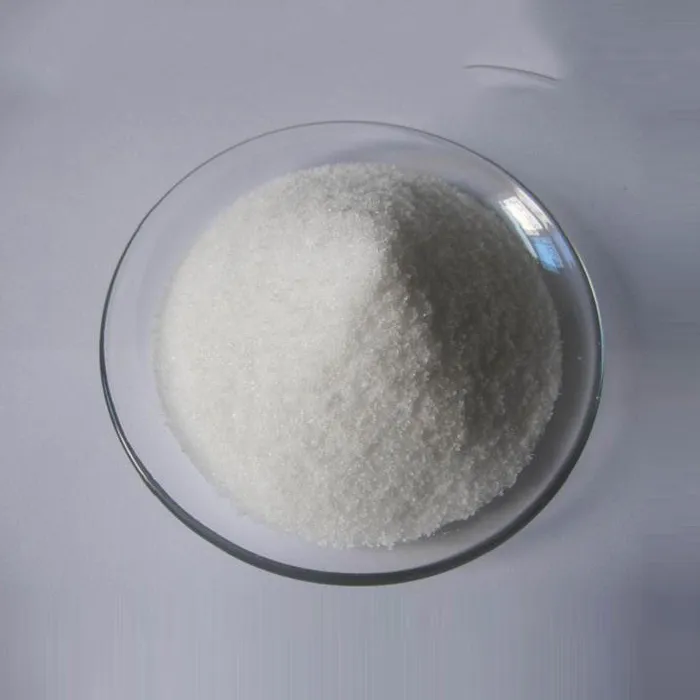The Significance of Ingredients in Pharmaceutical Products
Pharmaceutical products play a crucial role in modern medicine, providing essential treatments for a myriad of health conditions. At the heart of these products are their ingredients, each chosen for specific purposes and effects. Understanding the composition of pharmaceutical products not only ensures their efficacy but also helps in addressing safety concerns, complying with regulations, and optimizing therapeutic outcomes. This article explores the importance of ingredients in pharmaceutical products, focusing on their types, functions, and the implications of their use.
Types of Ingredients in Pharmaceuticals
Pharmaceutical products are typically composed of active ingredients and excipients. Active ingredients are the components that deliver therapeutic benefits. For instance, in pain relief medications, compounds like acetaminophen or ibuprofen act to alleviate discomfort. The efficacy of a medication often hinges on the quality and concentration of its active ingredients.
In contrast, excipients are inert substances used to bulk up formulations or aid in drug delivery. They serve several purposes, such as enhancing stability, controlling the release of the active ingredient, and improving taste or appearance. Common excipients include fillers like lactose or starch, binders that help in the cohesion of tablets, and preservatives that maintain the integrity of liquid formulations.
The Role of Quality and Safety
The quality of ingredients is paramount in pharmaceuticals. Regulatory bodies, such as the U.S. Food and Drug Administration (FDA) and the European Medicines Agency (EMA), enforce stringent guidelines to ensure that both active ingredients and excipients meet high standards of purity and consistency. This is critical because impurities in pharmaceutical products can compromise efficacy and introduce safety risks. For instance, contamination with heavy metals or microbiological agents can lead to severe health complications.
Additionally, the source of ingredients can influence their safety. Natural products derived from plants or animals may vary in composition due to growing conditions, harvesting methods, and processing techniques. To mitigate these risks, manufacturers often adhere to Good Manufacturing Practices (GMP), which provide a framework for ensuring quality throughout the production process.
ingredients in pharmaceutical products

Importance of Ingredient Interactions
Another key consideration is the interactions between ingredients. The compatibility of active ingredients with excipients can affect the stability and performance of the final product. For example, some active compounds may degrade when exposed to moisture or light, necessitating the selection of appropriate excipients that enhance stability.
Furthermore, the interaction between the active ingredient and the body cannot be overlooked. The pharmacokinetics of a drug—how it is absorbed, distributed, metabolized, and excreted—are significantly influenced by its formulation. For instance, certain excipients may enhance absorption in the gastrointestinal tract, leading to faster onset of action. In other cases, specific combinations of ingredients may alter the drug’s metabolism, impacting its therapeutic window.
Innovations in Pharmaceutical Ingredients
Recent advancements in pharmaceutical science have led to the development of novel ingredients and delivery systems. Nanotechnology, for example, has opened new avenues for drug formulation, allowing for targeted delivery and improved bioavailability. This innovation is particularly beneficial in cancer treatment, where delivering high concentrations of drugs directly to tumor cells can minimize side effects while maximizing therapeutic effects.
Additionally, personalized medicine, which tailors treatments to individual patients, increasingly relies on specific ingredients that match genetic and physiological profiles. This shift is paving the way for more effective treatment modalities, improving patient outcomes and reducing the incidence of adverse effects.
Conclusion
Ingredients are the foundation of pharmaceutical products, encompassing active components that provide therapeutic benefits and excipients that facilitate formulation and delivery. The quality, safety, and interactions of these ingredients are critical for ensuring the efficacy and integrity of medications. As the pharmaceutical industry continues to evolve, innovations in ingredient formulation and delivery will be pivotal in developing more effective treatments. Understanding the role of ingredients not only enhances medication safety but also empowers patients and healthcare providers to make informed decisions about their health.

